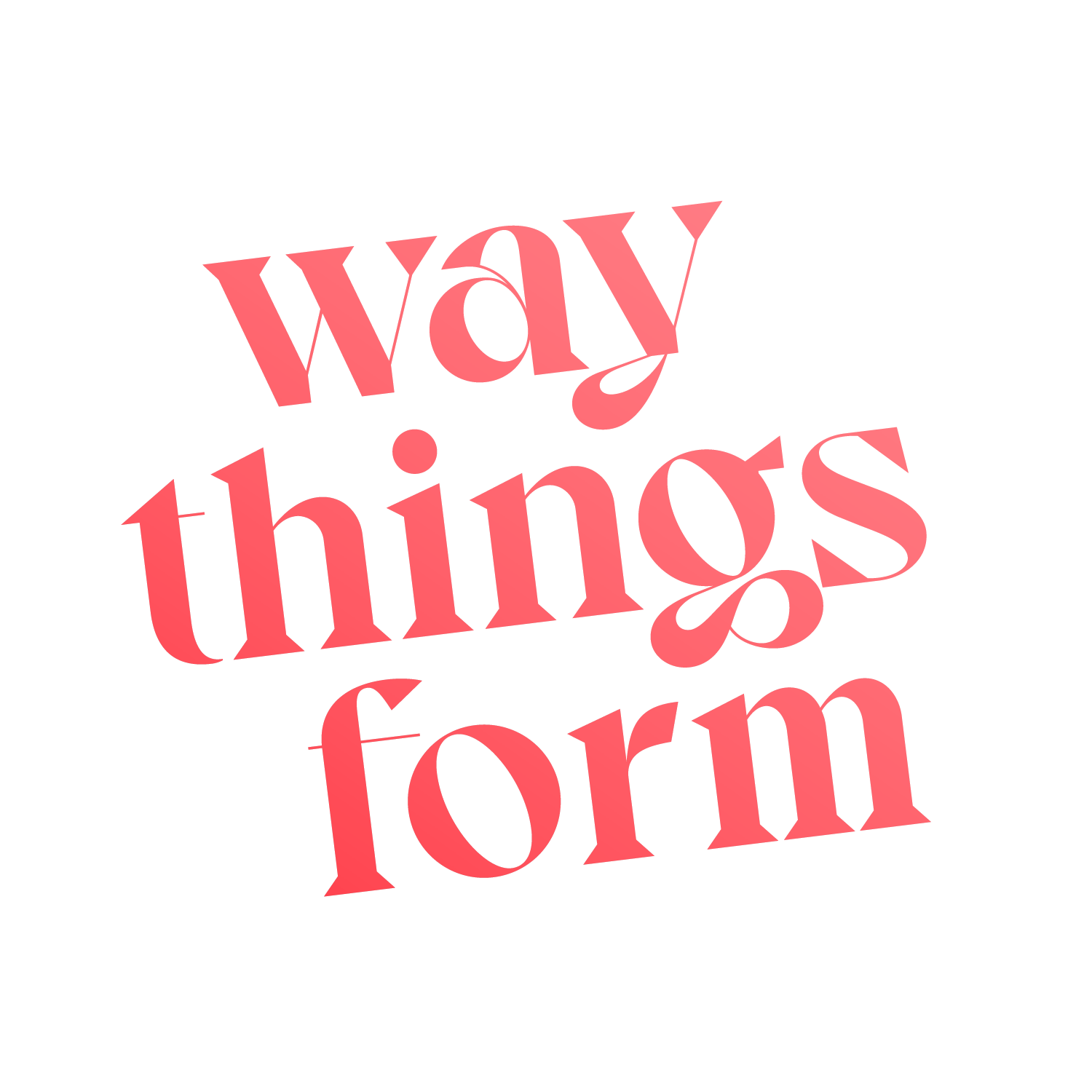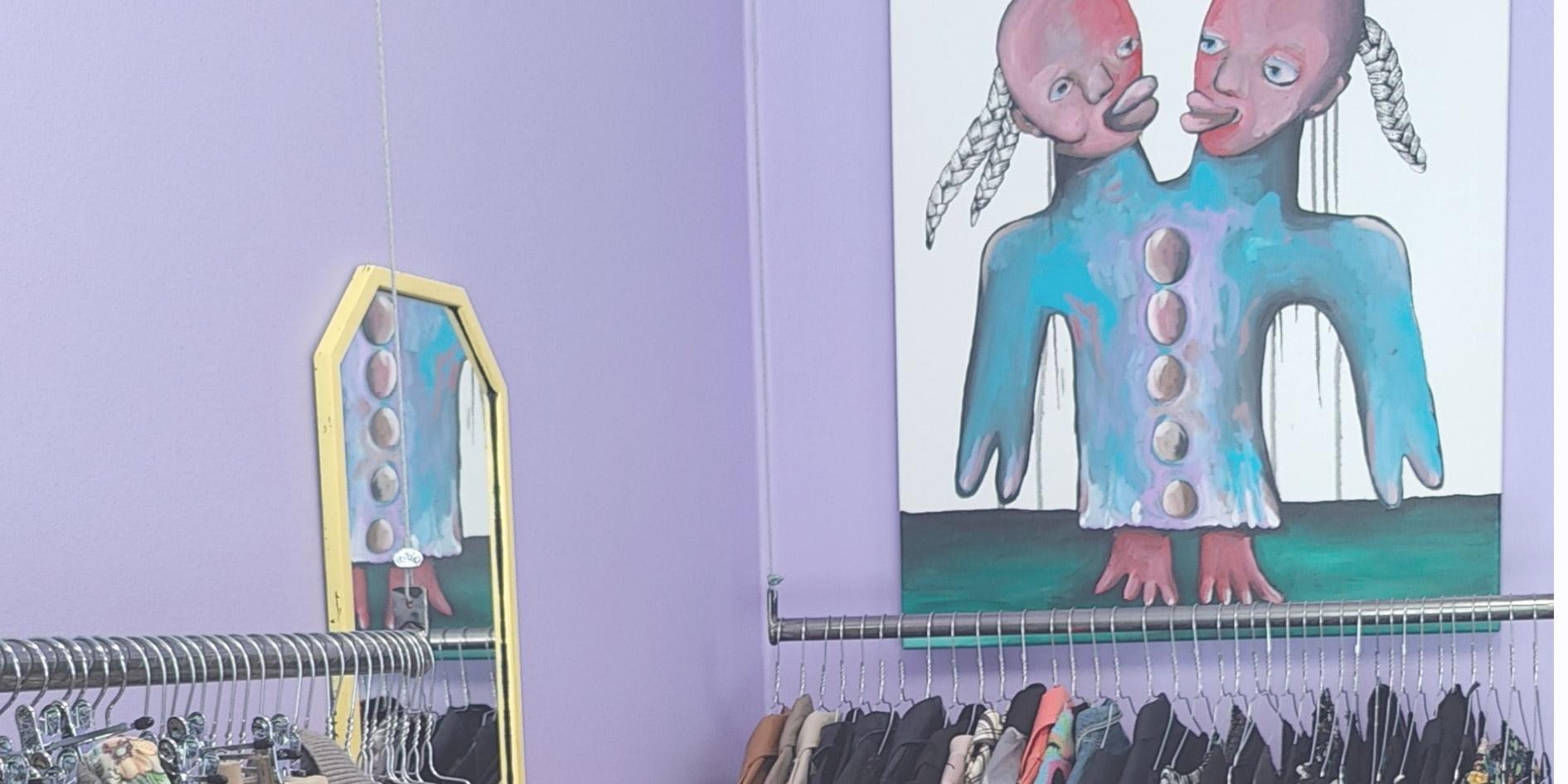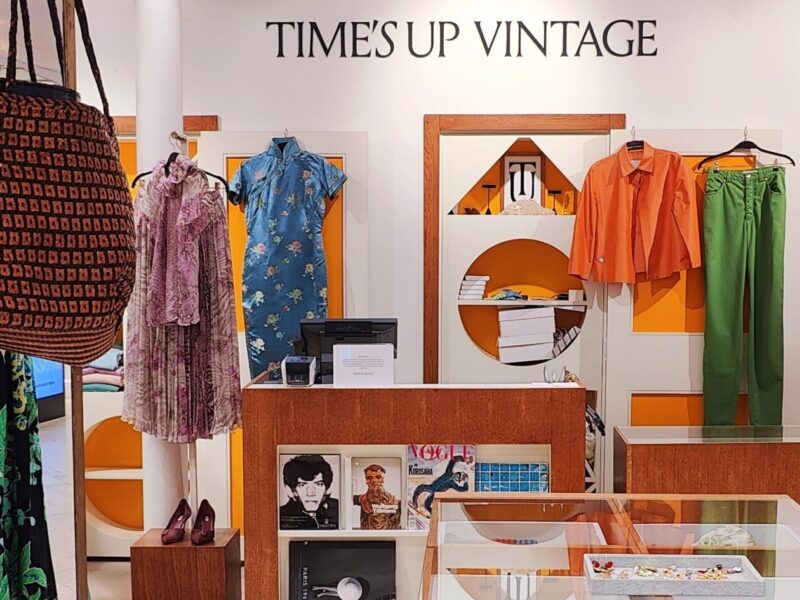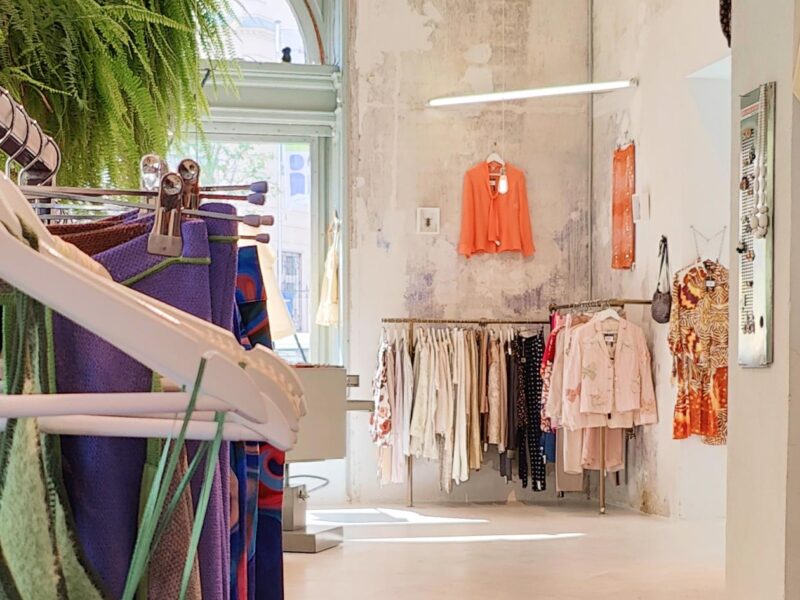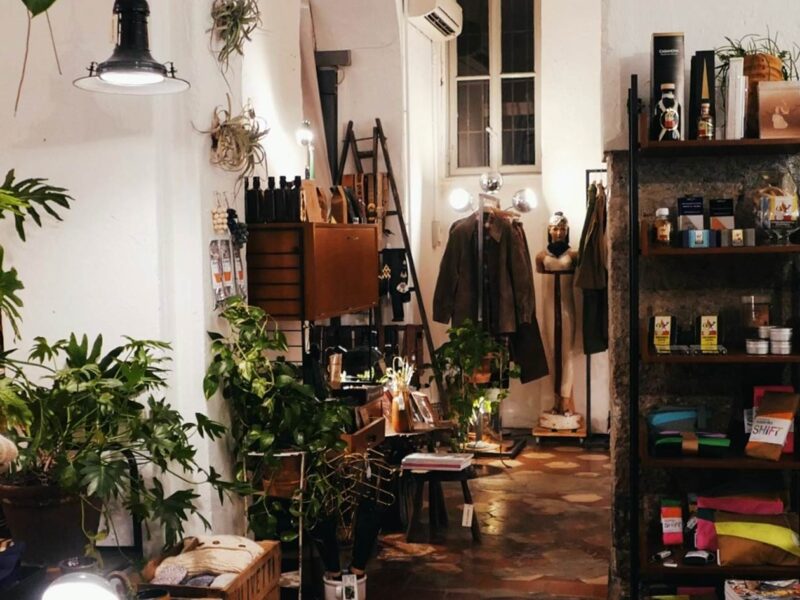If I ask you to name famous fashion labels or famous department stores, you could probably list quite a few. And no matter where you’re from, most of us would know quite many of the same names. But if I were to ask you to name famous secondhand boutiques, how many would you know to list?
August 2023
When asked, what are the most famous secondhand stores, we couldn’t probably name as many. If any at all. You might know some that you’ve been to, but how many of them are well-known widely? My guess is that the only known names are the charity shops that have many locations in different countries, such as Red Cross or Humana. These you can find in various countries around the world and they’ve had a specific purpose for a while. This also means that secondhand can universally be perceived as clothing that is sold mainly in charity shop types of secondhand stores. Yet, there is so much more room for creating an experience for secondhand shoppers that are looking for a different experience when shopping for pre-loved clothes.
So, in order to boost pre-loved clothing to reach new, different and wider audiences, and to serve also those that are used to reaching for new flashy statement clothing, we need secondhand boutique brands that match the dreams and habits of these customers. Charity shops are absolutely valuable and necessary, but they do tend to focus only on the actual need to collect and give out used clothes. They don’t necessarily target the modern society that is used to getting a certain experience from shopping. There is a long way to go to shift perceptions around what secondhand shopping can be, but there are also a lot of opportunities! And branding can be a powerful tool for it. Discover some facts about the growth rate of secondhand market from my article about embracing secondhand fashion.
As I’ve visited many-many secondhand, vintage, charity and thrift stores, and I have worked as a brand manager for years, I have put together a list of ideas and branding tips to follow when branding a secondhand boutique. These suggestions can be applied at any point, whether you are a boutique owner and looking to upgrade your current store or you are thinking about opening a completely new secondhand boutique.
1. Make the dressing room look and lighting an absolute priority
I couldn’t emphasize this enough. I’ve seen many beautiful secondhand stores, where the selection and the curation is wonderful, but when you enter the dressing room, you’re a bit like… ‘meh’. As many secondhand boutiques are fairly small in size, it is understandable that the space dedicated for the dressing rooms can be tight. However, setting up a well lit and sinspiring dressing rooms in your secondhand store can be an absolute game changer. Make sure that hanging up clothes is easy and keep in mind that people like to hang the clothes they are wearing separately from the ones they are trying on. It is only a few hangers and if you’re creative you don’t even have to buy new ones! It’s also nice to have an opportunity to hang these pieces separately that you are going to buy from those that you are leaving behind. There are tons of creative ways to put up hook racks without spending lots of money. Also, make sure you have a decent chair or a puff in every dressing room so shoppers can place their handbags and other items comfortably.
Lastly, think carefully about the colours and the general interior style of the dressing room. A good fitting room environment can greatly inspire people to believe more in pre-loved clothing. In an inspiring dressingroom, your client will get to experience her or his new pre-loved pieces in an inspiring setting.
2. Give your store a bit of a niche, make your store a brand on its own
It is time that secondhand stores would be strong brands on their own. In order for the shoppers to remember your store and tell other people about your secondhand boutique, you need something to be remembered by. There is a reason why Fry’s Secondhand in Copenhagen, Relove in Helsinki, TRASHT Vintage and Upcycling in Tenerife or ZXSBN6DD3VZBGSY in Paris are the first shops that come to my mind when I think of random secondhand stores I’ve visited. They all had a specific niches or something to catch and keep my attention.
3. Make an effort with the overall interior of the store and curate, curate and curate.
Inspire store visitors to get inspired by the style of the store. Make them remember your store by the interior. What are the colours that inspire you that could inspire others? Can you add mirrors and lighting throughout the store? Maybe you can make the walls into an art gallery and feature some young artists’ artwork. Or maybe you can store all the furniture secondhand. There are endless opportunities to style a store in a way that it would be inspiring and it doesn’t have to be expensive.
Make sure to make the clothing selection and how you curate it part of the style of your store. The usual options are to sort clothes by colour, mood, type or size. My recommendation would be to go by the colours, styles or types or even a combination of these when the selection is larger.
4. Make the details stand out - think hangers, sizing and price tags
Quality is usually hidden in the details. So If you want to truly create a secondhand brand, that stands out and is memorable, make sure to pay attention to the details. Walk through the shoppers’ journey and think about the small details that you encounter – it is looking at the price, it is taking the clothes off the hangers, it is hanging the clothes up in the dressing room, it is checking yourself out in the mirror.
If you really want to dig deep into the details that your customers will experience on their visit, why not even leave a feedback questionnaire on the opening day to collect their thoughts and impressions? What details could be even better? It is remarkable what information we can get when we ask our clients.
If you are using handwritten price tags, why not come up with a simple handwritten typeface for the numbers that each of your employees can follow when writing on the tags. It is a simple way to connect your sales assistants to your brand but also shows consistency to your customers in little details. Afterall, there is nothing more frustrating during shopping than being unable to read what the price of a product is.
5. Create an atmosphere with the right music
A person has multiple ways to experience an environment – it can be a touch, it can be what you see but it is also always the sounds! I don’t know about you but I have left a store simply because of very annoying music. Make the music part of your store’s identity. However, do keep in mind that when doing so, you’ll need to make sure to have the correct rights or licenses.
6. Make sure your digital channels are all in order
There’s a saying that if your business is not online, it doesn’t really exist. Although it is not entirely true, it’s not far off. You don’t need to have an online store, but a basic online presence is a must. Make sure to tick the boxes of the basic marketing ABC.
Your store’s location should beproperly pinned on Google Maps so people could find it and navigate there. Ideally, you should also curate the photos that are shown on Google Maps location and ask visitors to leave comments when they visit your store. It is also a good idea to set up some basic marketing channels such as a website and an Instagram account. Of course, depending on your target audience the exact platforms can vary.
7. Choose a simple name that is easy to remember and pass on
Although a name that is so confusing that you have to describe it as “this store that has a really weird name” is intriguing in a way, I would recommend choosing a name that is catchy and fairly easy to remember. It is simply easier for people to memorise it and pass on information about your store! An extra tip? Make sure you can also register a domain with the chosen name!
7. Choose a simple name that is easy to remember and pass on
Although a name that is so confusing that you have to describe it as “this store that has a really weird name” is intriguing in a way, I would recommend choosing a name that is catchy and fairly easy to remember. It is simply easier for people to memorise it and pass on information about your store! An extra tip? Make sure you can also register a domain with the chosen name!
8. Get your storytelling in order
Branding trends in general have moved towards being genuine and real in recent years. No one likes an unrealistic or even worse, a boring or nonexistent story. Building some storytelling around your secondhand boutique will most likely help you connect with your customers better. Whether it is about why you started, who you are or what your vision is, people love stories as they are relatable.
9. Train your shop assistants
Branding is so much more than just a visual world – it is the experience that the client gets when interacting with your brand – your secondhand stores. And your shop assistants are part of creating that experience. This is a recommendation that applies to any store, but do think about it what impression you want to leave on your customers. Have your shop assistant tell the customers about where the clothes are from or a bit about the story of your store. It will help your client to connect with the store better.


